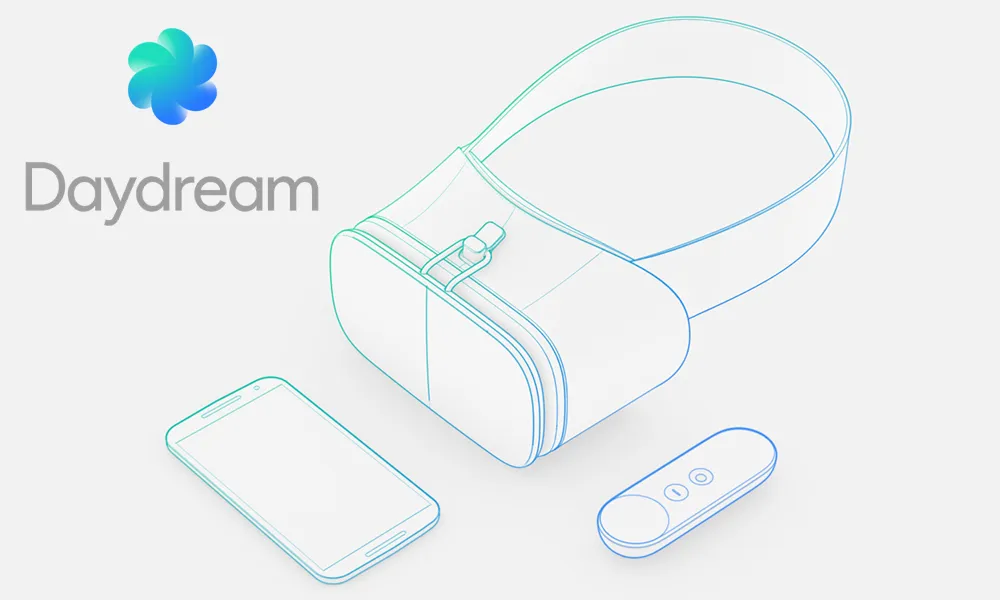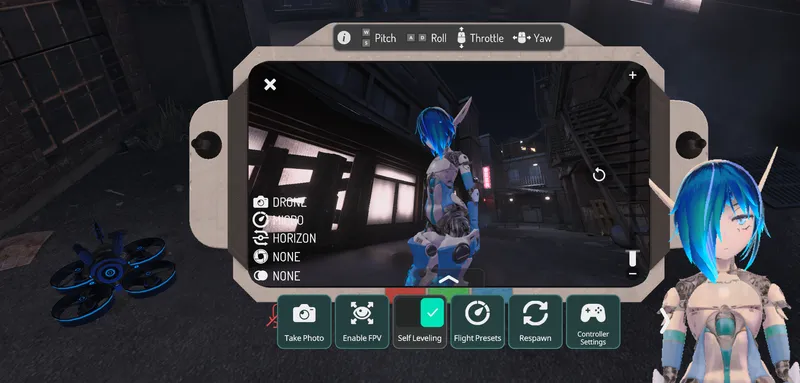Next month is going to be full of watershed moments for VR, with the launch of Google’s Daydream, the PSVR, and whatever Oculus announces at its developer conference – but which of those moments will ultimately have the biggest impact on the landscape? According to one of Gartner’s lead analysts – the answer is clear.
“There is no doubt about it,” says Brian Blau, Gartner’s Research Vice President, in the long run Google’s Daydream platform will have more impact on the landscape than the PSVR launch. Though he believes Sony’s impact in the short term with the PSVR will be massive as well, saying he expects them to sell “lots of devices,” Blau doesn’t see them being the long term winner in the space.
“The ecosystem players are going to be the winners,” he says, “we believe that in 2020, there are going to be around five companies that are ecosystem providers that are going to sell the majority of the devices – I don’t think Sony is going to be part of that list.”
The reasoning he says, boils down to the difference between what VR and AR are like now and what they will be in the future. Currently the market is highly focused on gaming and entertainment, a realm Sony excels in. “Sony may sell lots of those devices, but they are going to be fairly limited to within the gaming ecosystem” Blau says, “that’s exactly the value that Sony wants to bring.” Daydream’s aim, he says, is broader. “It is to be more general purpose, right?” he asks rhetorically, “I mean it is a smartphone, an accessory, it will be used for email and Snapchatting and all the things you use your phone for – plus VR – so it has to be good at everything.”
And it is not just use cases that will drive Daydream’s long term success, it is the volume of adoption.
Android, which the Daydream platform runs on top of, currently makes up for 87.6% of the smartphone market ecosystem, or approximately 300 million users. With Google looking to standardize hardware in the Android ecosystem (likely around VR’s platform shift) an increasing majority of new Android devices will also likely be Daydream compatible (starting first with Google’s own Pixel) – meaning that there is an impending wave of high end mobile VR users about to hit the market.
Factoring in a two year smartphone replacement cycle, hand me downs, people who don’t upgrade to the latest device, and other adoption factors, Blau believes that in five to six years the majority of smartphones on the market could be VR ready, which is highly promising for the medium’s success as a whole.
This is not Blau’s first rodeo with VR, his experience dates back nearly 30 years. In the early 90s Blau teamed up with Mark Pesce and Tony Parisi to form Intervista, the company behind the web’s first 3D graphical language – VRML. He also worked with Autodesk in 1993 to help build the first API for 3D graphics – needless to say he has been waiting on this revolution to come back around for a while now.
“I think it is very important that you have one of the biggest companies in the world putting its full weight behind VR,” says Blau, referring to Google, “the next few years are going to be extremely exciting.”


























